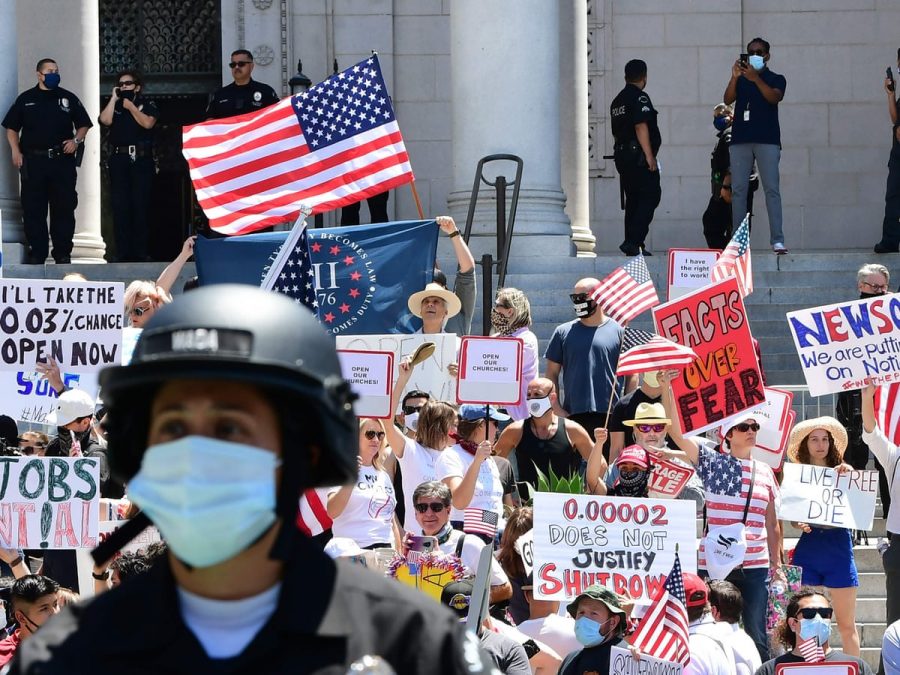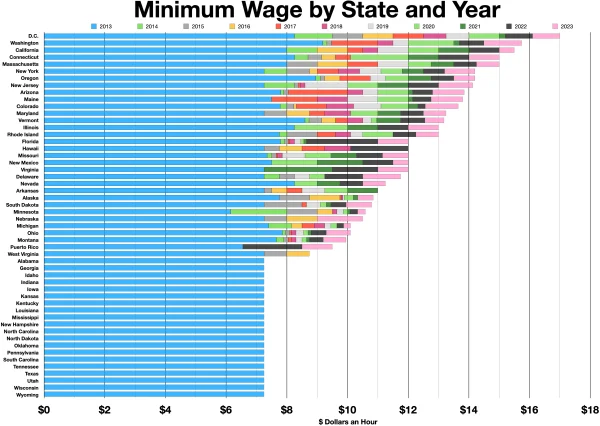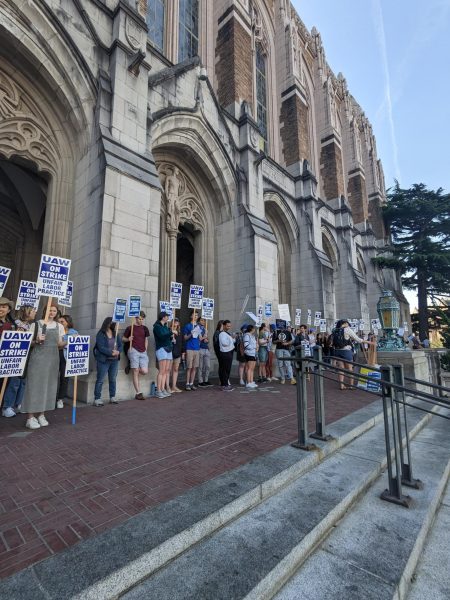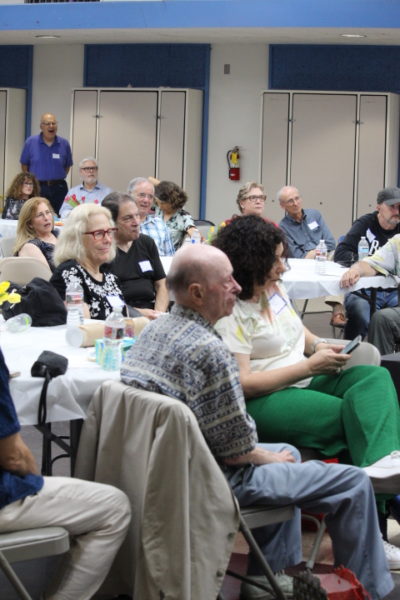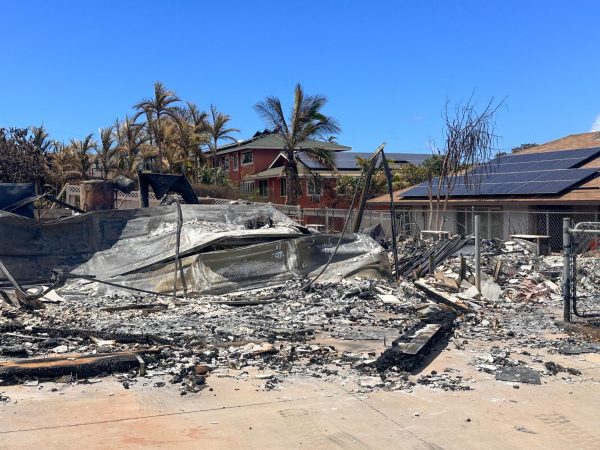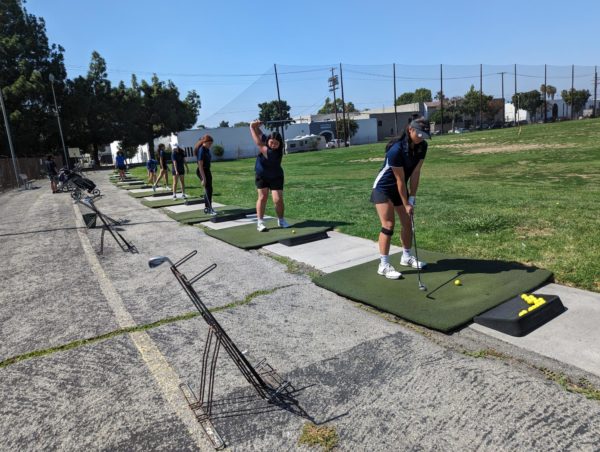How Masks Became Political in the United States
Demonstrators protesting in front of Los Angeles City Hall in May 2020 to demand an end to California’s shutdown.
October 19, 2020
Since the coronavirus was declared a global pandemic by the World Health Organization last March, public health experts have been clear about how wearing a mask is efficient in stopping the spread of the virus. However, that message isn’t clear for some Americans, as a good chunk of them don’t believe it.
In order to understand this issue, we need to go back to late 2001, when the U.S. was dealing with a public health crisis. Deadly vials of Anthrax were being mailed to different government offices. As this crisis continued, different governments released different and conflicting information, as no one was actually in charge of communicating with the public on this issue.
Thus, the Center for Disease Control (CDC) published the Crisis and Emergency Risk Communication Guide, also known as CERC, which is a guide on how to communicate during a public health issue. Authors of the CERC used information surrounding the 2001 Anthrax attacks and other health crises to give governments a resource to improve how they speak to the public in those concerning times.
The CERC states that the single most important role in a crisis is having a single person be a spokesperson for this issue. The spokesperson should be someone who is familiar with the subject matter and can speak about it clearly and confidently. According to the CERC, the majority of communication, especially in a public health crisis, should be about “setting, guiding, and managing the public’s expectations,” which is incredibly important to do early on.
The spokesperson should be someone who is trustworthy and credible – which is why it should never be a politician. It’s nearly impossible to find a politician who is trustworthy to everyone. A politician will almost always state and implement ideas that will resonate with those that support them, and purposefully go against those who don’t. Politicians should be taking part in public health communication – they just shouldn’t be speaking on the science.
In the U.S., there has not been a specific spokesperson, and most definitely not a clear message. Press conferences concerning the virus have been led by President Trump and have featured both public health officials and politicians, who constantly contradict one another.
For example, on February 26, around the time that concerns over this virus were beginning to rise, Anne Schuchat, the principal deputy director of the CDC stated “we do expect more cases,” while President Trump claimed, “…when you have fifteen people, and the fifteen within a couple of days is going to be down to close to zero.”
In addition, Dr. Anthony Fauci, who’s served in American public health for over 50 years and has been a leading member of the Trump administration White House coronavirus task force, has constantly been budding heads with GOP politicians on science.
On April 22, Fauci insisted that “we will have coronavirus in the fall,” while Trump insisted “it may not come back at all.” On February 29, Trump stated that they were working “very rapidly to develop a vaccine,” while Fauci stated that a vaccine “could be a year to a year and a half” to develop.
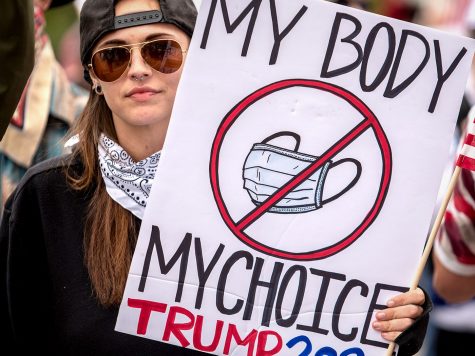
As known information on the dangers of this virus became more serious, so did the guidelines that were suggested. In early March, the CDC advised people to not worry about wearing face masks. However, as they learned more about this virus, they changed the guidelines and began strongly recommending people to wear them in public. As U.S. surgeon general Jerome Adams stated on April 3, “We now know from recent studies that a significant portion of individuals with coronavirus lack symptoms,” which is why health professionals suggest enforcing wearing masks in public, to not only protect yourself but to protect others. However, on that same day, Trump insisted that wearing masks is “really going to be a voluntary thing you can do, you don’t have to do it, I’m choosing not to do it.”
These constant conflicts between public health officials and the President have forced Americans to pick a side about whom they believe. As a conservative television host, Laura Ingraham, stated, “it’s important that we listen to our elected leaders, not the medical bureaucracy.”
Masks have served as a symbol of conflict between Trump and medical experts. As of this June, more Republicans trusted Trump than the CDC when it came to facts over the coronavirus, the exact scenario that the CERC was written to prevent. Thus, most of the wounds concerning America’s handling of the coronavirus have been self-inflicted and preventable. As Harry J. Holzer, a professor of public policy at Georgetown University and a fellow at the Brookings Institution told the Los Angeles Times in September: “It’s not like the virus is completely beyond our control. We did a bad job. It’s that simple.”

